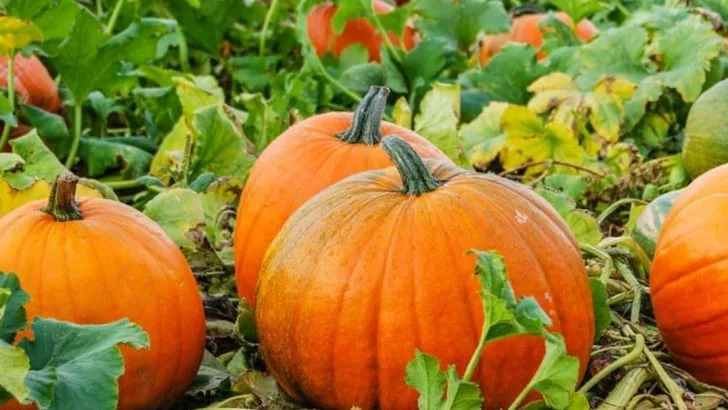Turns out, the early bird doesn’t always get the best tomato. While April gets all the gardening glory, May is quietly packing heat—literally. Warmer soil, longer days, fewer frosts… and suddenly, some veggies are thriving on the delay. Cucumbers shoot up faster. Beans sprout like they’ve got somewhere to be. And squash? It practically explodes out of the ground. These 14 vegetables laugh at April’s chill and sprint into life with May’s warmth. They grow stronger, resist pests better, and often out-yield their early-planted siblings. So don’t stress if your spring start was more of a slow roll. May is your power move—bold, bright, and brimming with potential. Grab your seeds. Grab your confidence. Because in the garden, timing is everything—and sometimes, late bloomers win.
Zucchini
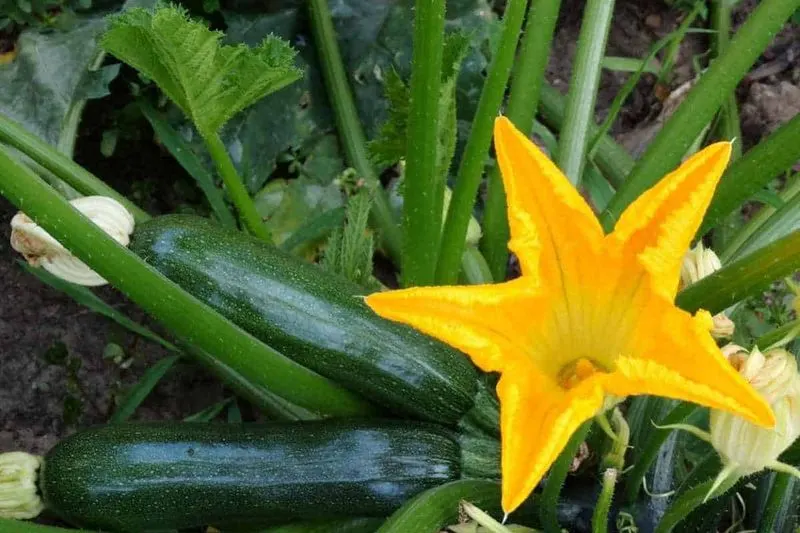
Why rush to plant zucchini when May offers better conditions? When the soil warms up, zucchini thrives, producing abundantly. This sun-loving vegetable responds well to the increased temperatures, ensuring vigorous growth.
In May, the risk of frost is minimal, allowing the plants to establish without setbacks. The environment is ideal for quick growth, leading to earlier harvests compared to April sowings. A unique advantage of May planting is the reduced threat of pests, which often emerge during cooler months. Enjoy a bountiful zucchini crop by embracing May’s warmth and sunlight.
Green Beans
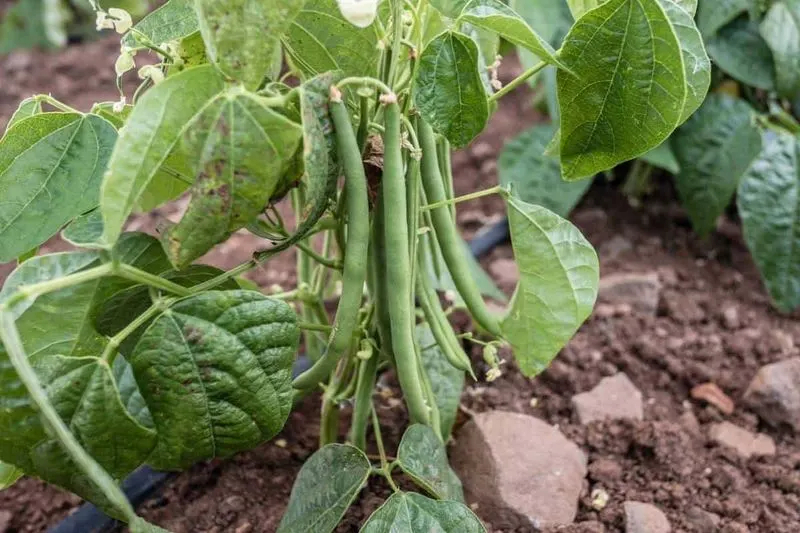
A late start with green beans can yield surprising results. In May, soil temperatures are perfect for germination. These conditions lead to robust plants that flourish. Warm soil encourages fast sprouting, reducing waiting time.
By skipping April, gardeners can avoid early pests and diseases, ensuring healthier crops. Green beans planted in May often catch up and surpass those sown earlier. This late planting strategy results in a more extended harvest period, providing fresh beans into the summer. May planting maximizes growth potential, leading to lush and productive vines.
Sweet Corn
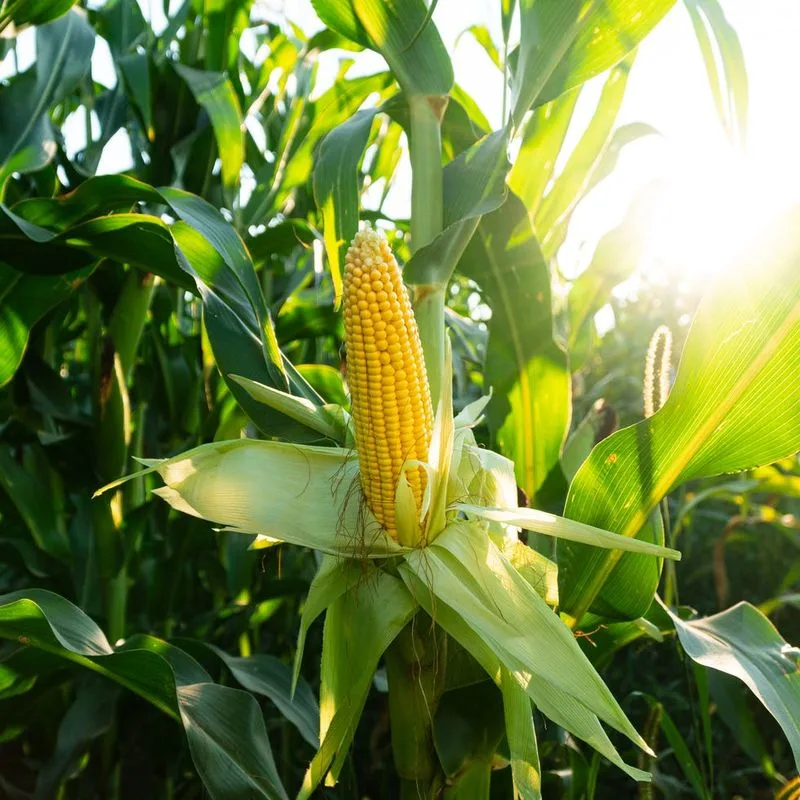
Planting sweet corn in May harnesses the month’s consistent warmth. Corn is a heat-loving plant, requiring warm soil for optimal growth. Sowing in May avoids the cooler, unpredictable weather of April, giving corn a head start.
Warm conditions foster strong root systems, ensuring taller and healthier stalks. By bypassing April’s chill, corn develops faster, leading to sweeter cobs. Additionally, May planting reduces the risk of frost damage, crucial for a successful crop. For gardeners seeking the sweetest corn, May is the ideal month to begin planting.
Cucumbers
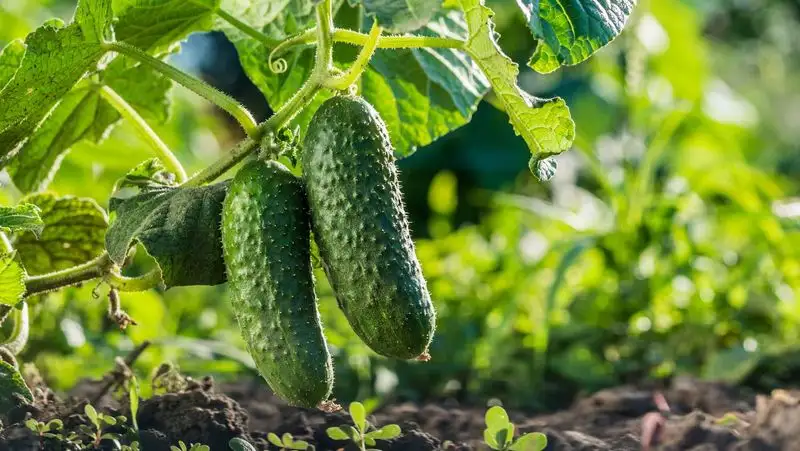
Cucumbers love the warmth of May, which promotes rapid growth and flowering. Unlike April, May provides ideal temperatures, resulting in healthier plants and better fruit set.
The warmer air and soil conditions in May encourage vigorous vine growth, minimizing the gap between planting and harvest. May cucumbers often boast superior taste and texture, a treat for any salad lover. Additionally, waiting until May reduces the likelihood of damage from late frosts. Enjoy crisp, homegrown cucumbers by seizing the advantages of May planting.
Pumpkins
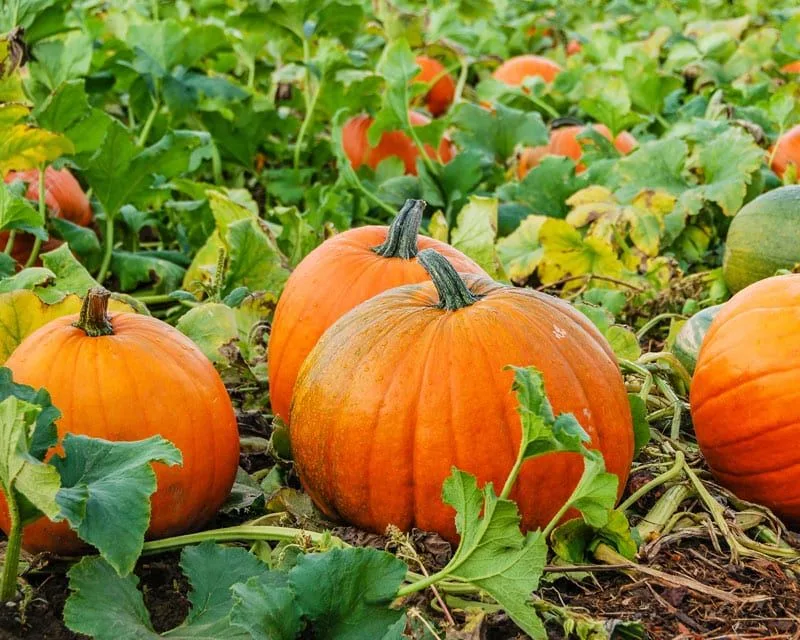
Pumpkins appreciate the warmth and longer daylight hours of May. Planting them during this time ensures vigorous growth, with ample opportunities for photosynthesis. April’s cooler temperatures can hinder their development.
The consistent warmth of May leads to stronger vines, capable of supporting large fruit. Late planting also allows pumpkins to avoid early pests and diseases, which can plague April sowings. By embracing May, gardeners can grow impressive pumpkins, perfect for autumn displays. The delay pays off with healthier, more robust harvests.
Peppers

Peppers thrive in the warmth of May, making it an ideal time to plant. These temperature-sensitive plants benefit from May’s consistent heat, fostering strong early growth.
In May, peppers develop sturdy stems and lush foliage, leading to prolific fruiting. By avoiding April’s chill, gardeners can reduce the risk of stunted growth. Peppers planted in May often outpace those sown earlier, resulting in a rich harvest. This approach ensures vibrant, flavorful peppers that are a delight in any dish.
Basil
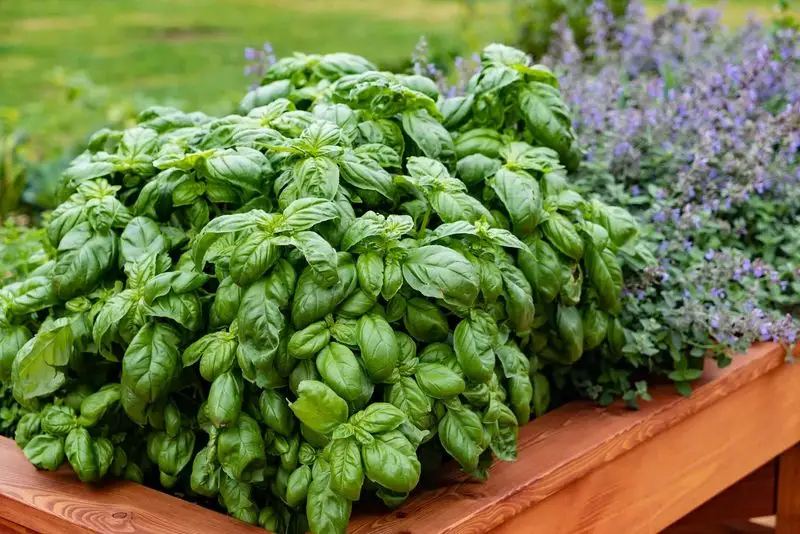
Basil, a culinary staple, thrives when planted in May. This sun-loving herb enjoys warmth, which promotes lush growth and aromatic leaves.
By planting in May, gardeners avoid the chilly nights of April, ensuring healthier plants. The increased sunlight of May boosts photosynthesis, enhancing basil’s flavor. Late planting allows basil to mature without the risk of frost, leading to abundant harvests. Embrace May planting for basil, and enjoy fragrant leaves for pesto and more, throughout the summer. Elevate your culinary creations with basil’s vibrant taste.
Radishes
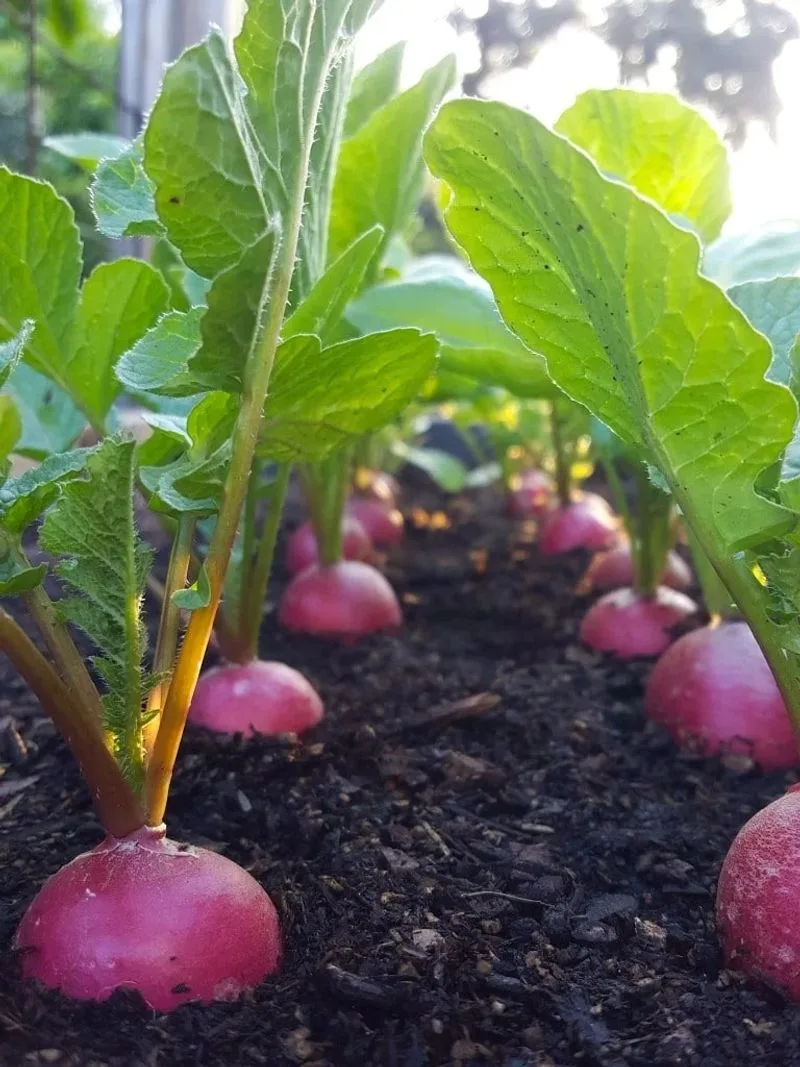
Radishes are an early season delight, but planting in May can yield surprisingly crisp results. The warmer soil speeds up germination, resulting in a faster growth cycle. This quick-growing root vegetable thrives in the extended daylight, producing vibrant and spicy bulbs. Radishes are perfect for impatient gardeners.
Historically, radishes were prized by ancient Egyptians for their health benefits. The May planting allows for an extended harvest season, ensuring fresh salads throughout summer. Their adaptability makes them an excellent choice for both novice and experienced gardeners.
Carrots
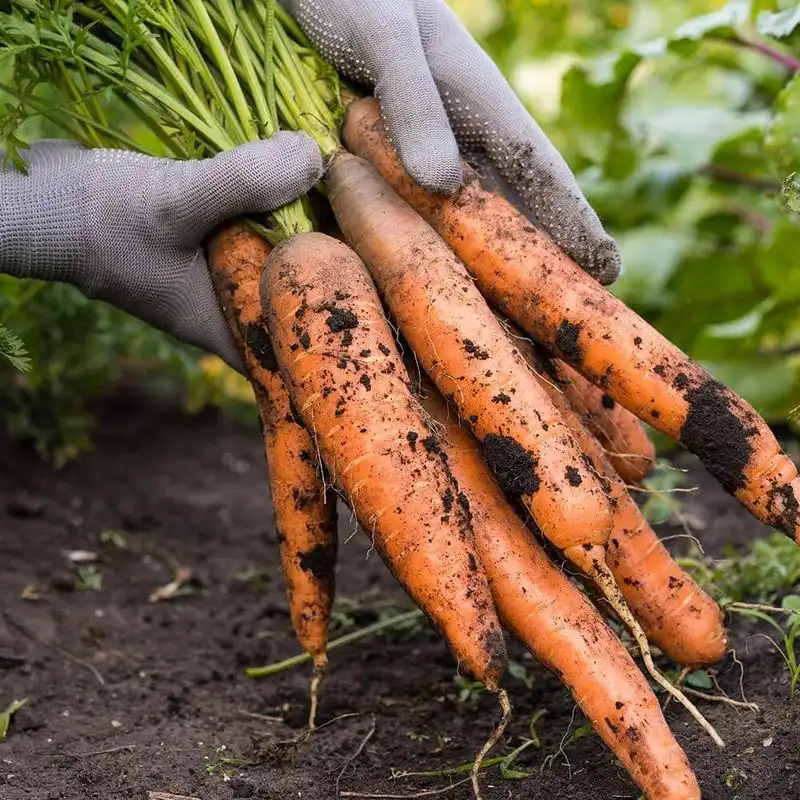
Carrots find new vigor when sown in May. The consistent warmth encourages robust root growth, enhancing flavor and texture. These sweet and crunchy vegetables are a favorite for both raw snacking and cooking.
Planting in May helps avoid early pest infestations common in April sowings. Carrots are celebrated for their high beta-carotene content, which is beneficial for vision. Their vibrant colors add aesthetic appeal to any garden, making them both a functional and decorative plant choice.
Swiss Chard
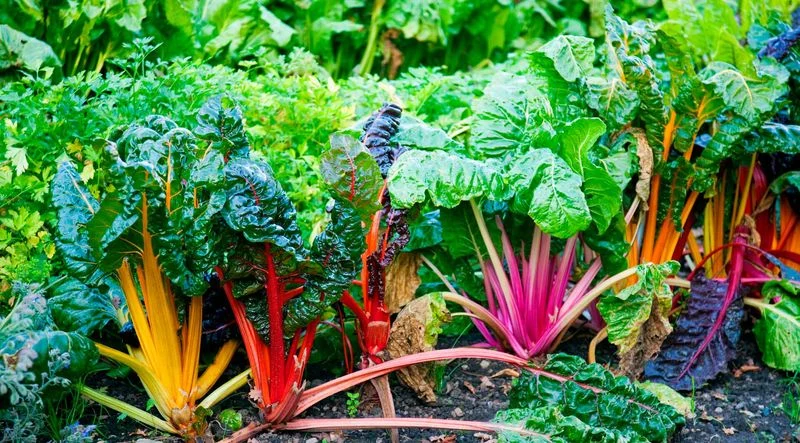
Swiss chard, known for its nutritional prowess, thrives with May plantings. The warmer temperature enhances its growth, producing vivid leaves rich in vitamins. This leafy green is not only nutritious but also visually appealing with its rainbow stems.
May planting allows for a more extended harvest period, ensuring fresh greens well into the summer months. Swiss chard is a versatile addition to any diet, easily incorporated into salads or cooked dishes. Its resilience makes it a reliable choice for gardeners looking to diversify their crops.
Beets
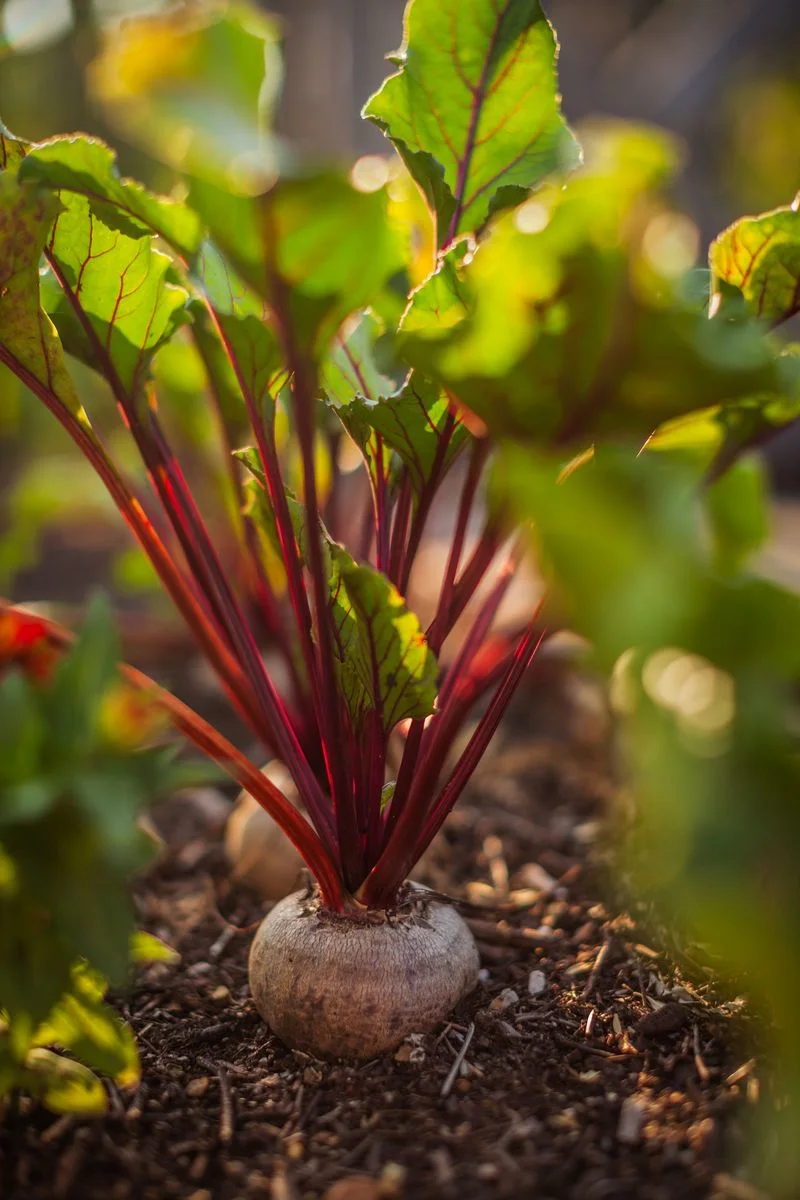
Beets, a root vegetable adored for their earthy flavor, perform exceptionally well with May planting. The warmer weather enhances sugar content, resulting in sweeter roots. These vibrant vegetables add both color and nutrition to meals.
Their growth in May benefits from reduced pest pressure compared to earlier sowings. Beets were once used as a natural dye, a testament to their rich color. They are not just culinary delights but also garden beautifiers, offering lush greenery and colorful bulbs.
Spinach
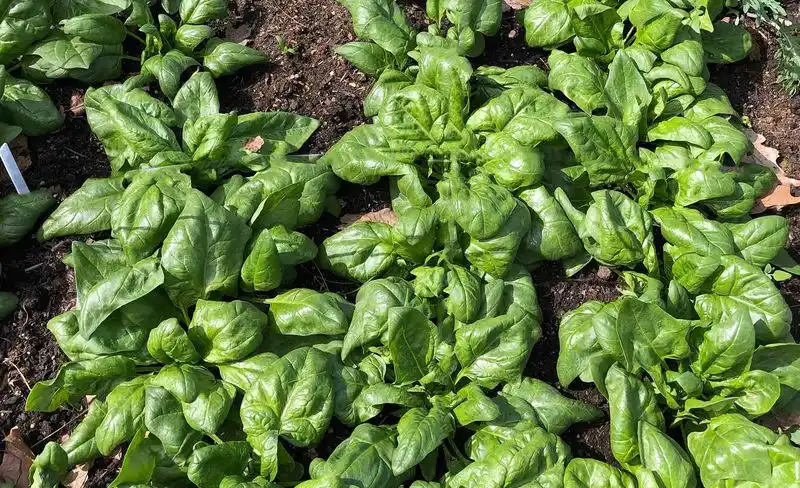
Spinach, a leafy green powerhouse, excels when planted in May. The stable temperatures reduce bolting, allowing for a longer harvesting window. Rich in iron and vitamins, spinach is a cornerstone of healthy diets.
The May sowing ensures a steady supply of tender leaves, perfect for salads and cooking. Spinach has been valued since medieval times for its nutritional benefits. Its ability to thrive in cooler weather makes it a versatile choice for spring gardens.
Kale
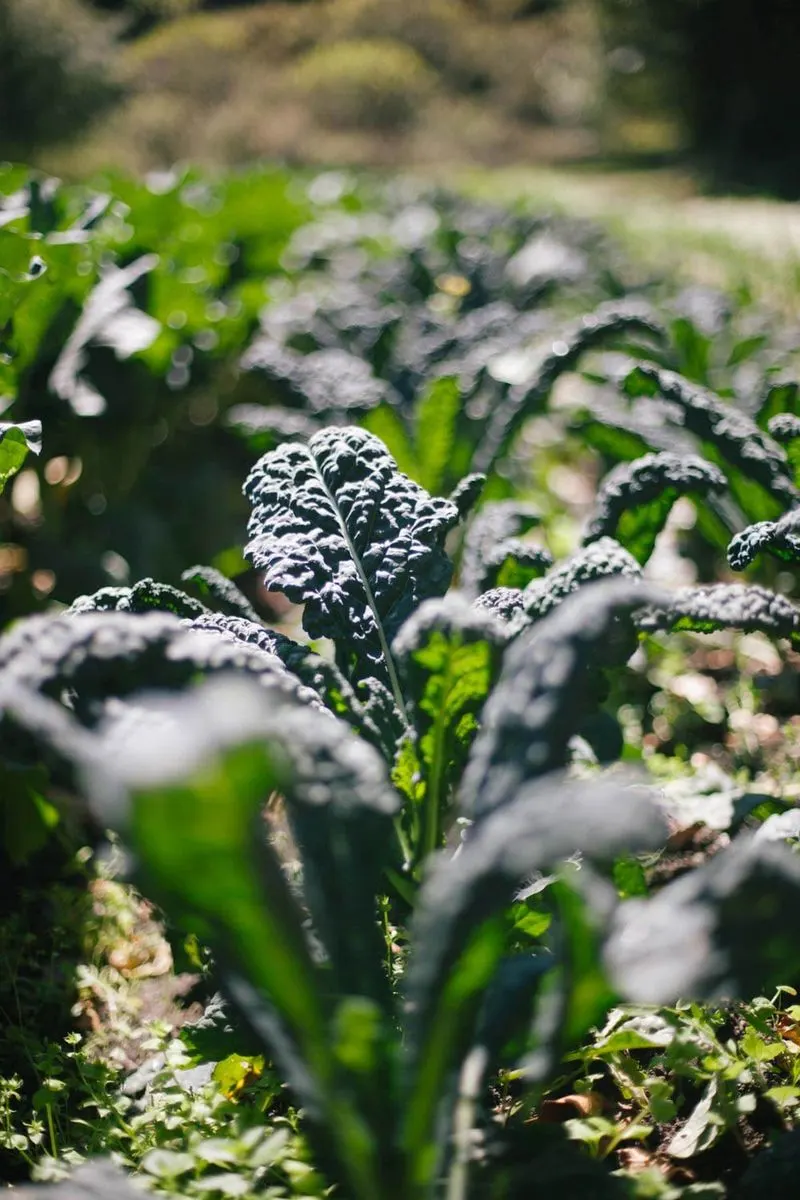
Kale, a fan-favorite superfood, finds its stride with May planting. The slightly warmer soil promotes vigorous growth, resulting in tender leaves. Known for its resilience and health benefits, kale is an excellent addition to any garden.
May plantings can avoid the harsh frosts that sometimes hit earlier sowings, ensuring a robust crop. Kale’s history dates back to ancient Greece, where it was a staple food. Its versatility in the kitchen and garden makes it a beloved choice for healthy eaters and gardeners alike.
Lettuce
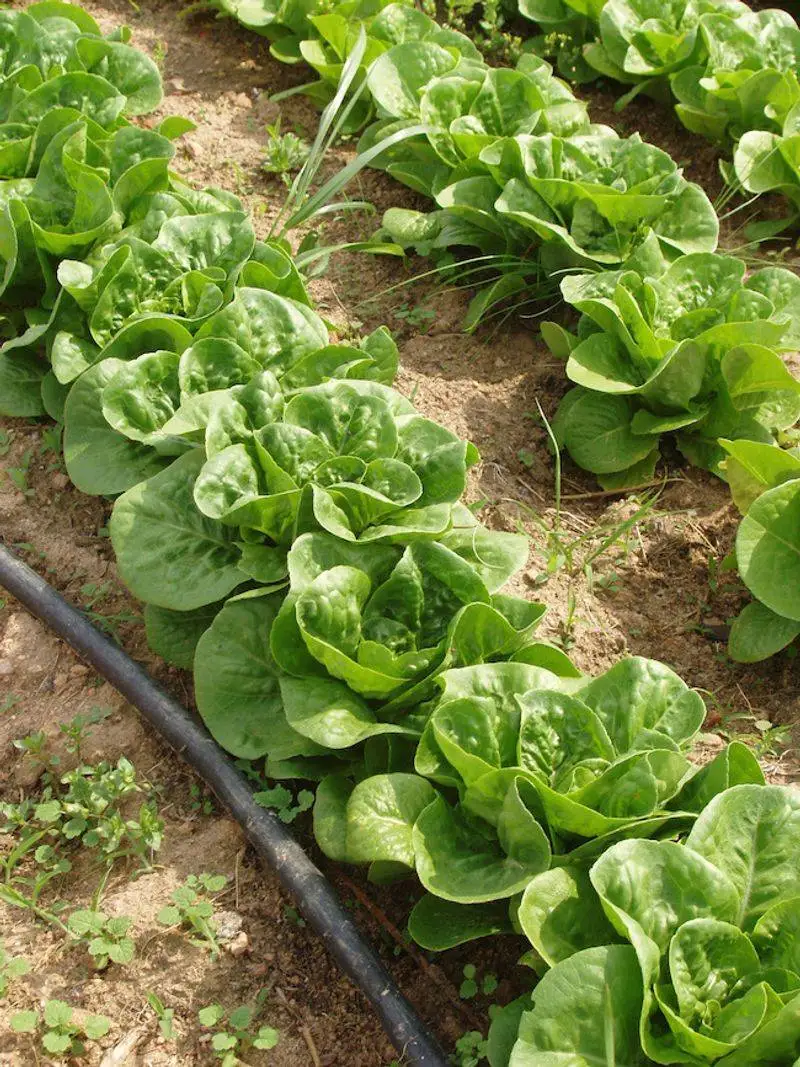
Lettuce, the quintessential salad green, benefits from a May sowing. The milder spring temperatures prevent bolting, resulting in crisp and flavorful leaves. Lettuce adds a refreshing crunch to any dish and is a garden staple.
The May planting window allows for a prolonged harvest, providing fresh greens throughout the season. Lettuce’s versatility and quick growth make it a favorite among gardeners. Its historical roots trace back to ancient Egypt, showcasing its enduring popularity as a dietary staple.

